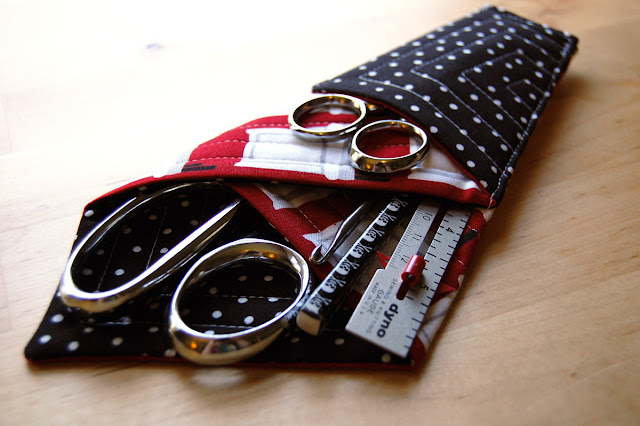300+ Years of Color Theory: Interaction of Color
This book is included in a reading list on the history of Color Theory. Find the homepage for the series here.
Interaction of Color is probably one of the best known and most-loved books about color theory, first published in 1963 and still in print today. Artist and educator Josef Albers taught at the infamous Bauhaus until the school closed in 1933. He then immigrated to the United States to teach at Black Mountain College. Albers left Black Mountain College in 1949 to serve as the chairman of the Design Department at Yale University, where he began work on the Homage to the Square series.
The concepts presented in Albers' book are not new, revolutionary, or groundbreaking; they are concepts put forth by other color theorists like Goethe and Chevreul, and concepts taught by Itten (Albers was a student of Itten's at Bauhaus before Itten left in 1922). What was revolutionary about Albers' approach to explaining the contrast of colors was his method, which he approached completely differently than educators like Itten.
Most color theory books pre-dating Albers seem to follow the same formula, presenting scientific research, theories, and color systems before attempting to let the reader in on color contrasts and harmonies. It’s as if you must first understand the physiology of human vision and the physics of light before you can understand how colors contrast or harmonize together.
Albers approach is totally different. He understands that just as you don’t need to know exactly how the human ear or sound waves work to listen to music (or form musical likes and dislikes), you also don’t need to know exactly how the human eye or light works to see or appreciate colors.
Students are presented with color riddles and experiments to complete in the classroom using colored papers. For example, is it possible to make one color look like two different colors?
Can this be accomplished using various colored papers in more ways than one?
What did you discover from this exercise?
Can this be accomplished using various colored papers in more ways than one?
What did you discover from this exercise?
Only after completing these kinds of assignments based solely on perception does Albers introduce the science and theory behind the interaction of colors. His book is a synopsis of these practical exercises and theories presented in his classes.
If you are interested in color and don't already own this book, it's a must-read! I also recommend the Josef Albers Interaction of Color app from Yale University - it's free through iTunes and leads you through several of Albers' exercises in a very creative and entertaining way.
Albers work was a huge influence on many American abstract artists like Donald Judd, Robert Rauschenberg, and Cy Twombly. You can still see the influence of Albers work on contemporary modern quilters like Heather Jones, Jacquie Gering, Callie Works-Leary, and Eliza Kenan & Claire Oswalt. I'd say you can even see the influence of Albers in the recent works of artist LUKE Haynes in his series Log Cabins of Donald Judd. A very amazing legacy for a book half a century old!
If you sew or quilt, you can play around with some of Albers exercises using fabrics in my Contrasting Colors Patchwork Blocks post at BERNINA's WeAllSew blog.
If you are interested in color and don't already own this book, it's a must-read! I also recommend the Josef Albers Interaction of Color app from Yale University - it's free through iTunes and leads you through several of Albers' exercises in a very creative and entertaining way.
Albers work was a huge influence on many American abstract artists like Donald Judd, Robert Rauschenberg, and Cy Twombly. You can still see the influence of Albers work on contemporary modern quilters like Heather Jones, Jacquie Gering, Callie Works-Leary, and Eliza Kenan & Claire Oswalt. I'd say you can even see the influence of Albers in the recent works of artist LUKE Haynes in his series Log Cabins of Donald Judd. A very amazing legacy for a book half a century old!
If you sew or quilt, you can play around with some of Albers exercises using fabrics in my Contrasting Colors Patchwork Blocks post at BERNINA's WeAllSew blog.
And if you do make a bunch of contrasting color patchwork blocks, be sure to share via Instagram and tag @erika.mulvenna with #contrastingblocks. When you're finished playing around with your blocks follow this tutorial to turn them into a little square zip pouch!
Up next in the big Color Theory reading list is yet another book by our proliferous friend Faber Birren, Principles of Color. I don't know for sure how many books Birren published about color, but it's got to be over 30, the man was OBSESSED!
Until next time, keep your eyes open to the colors all around you!










Comments